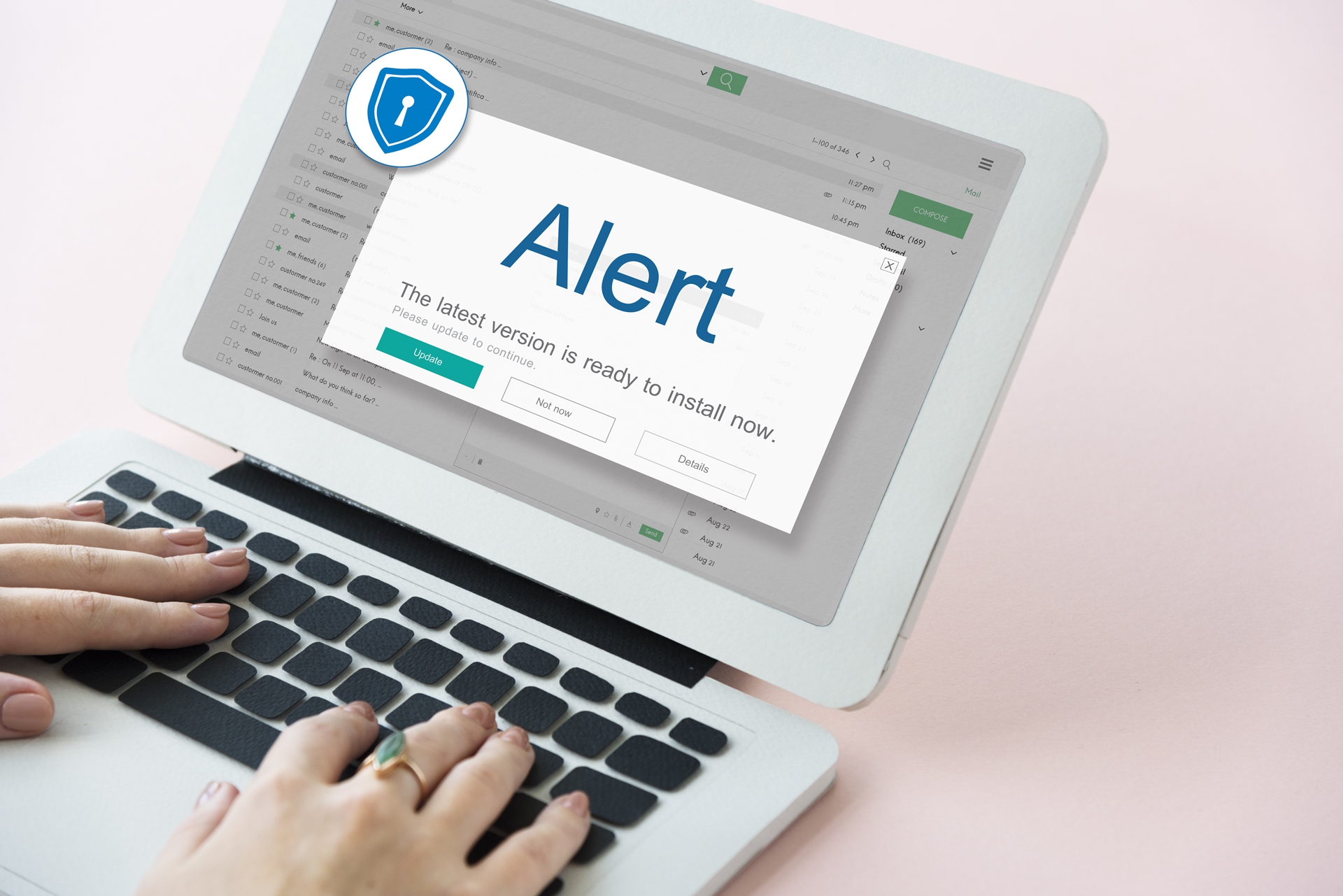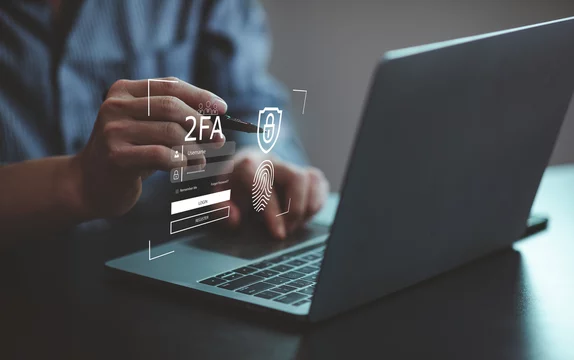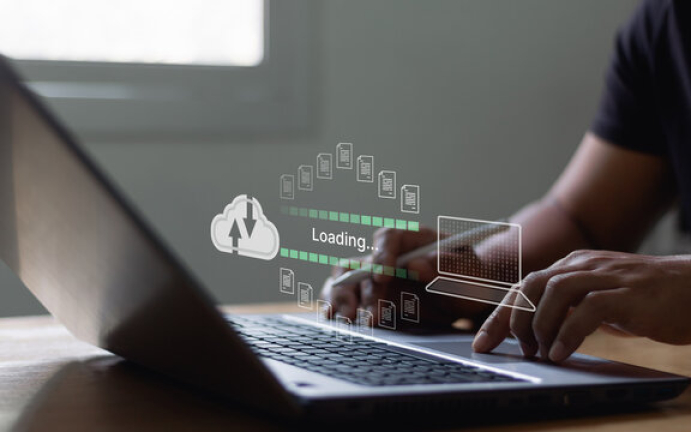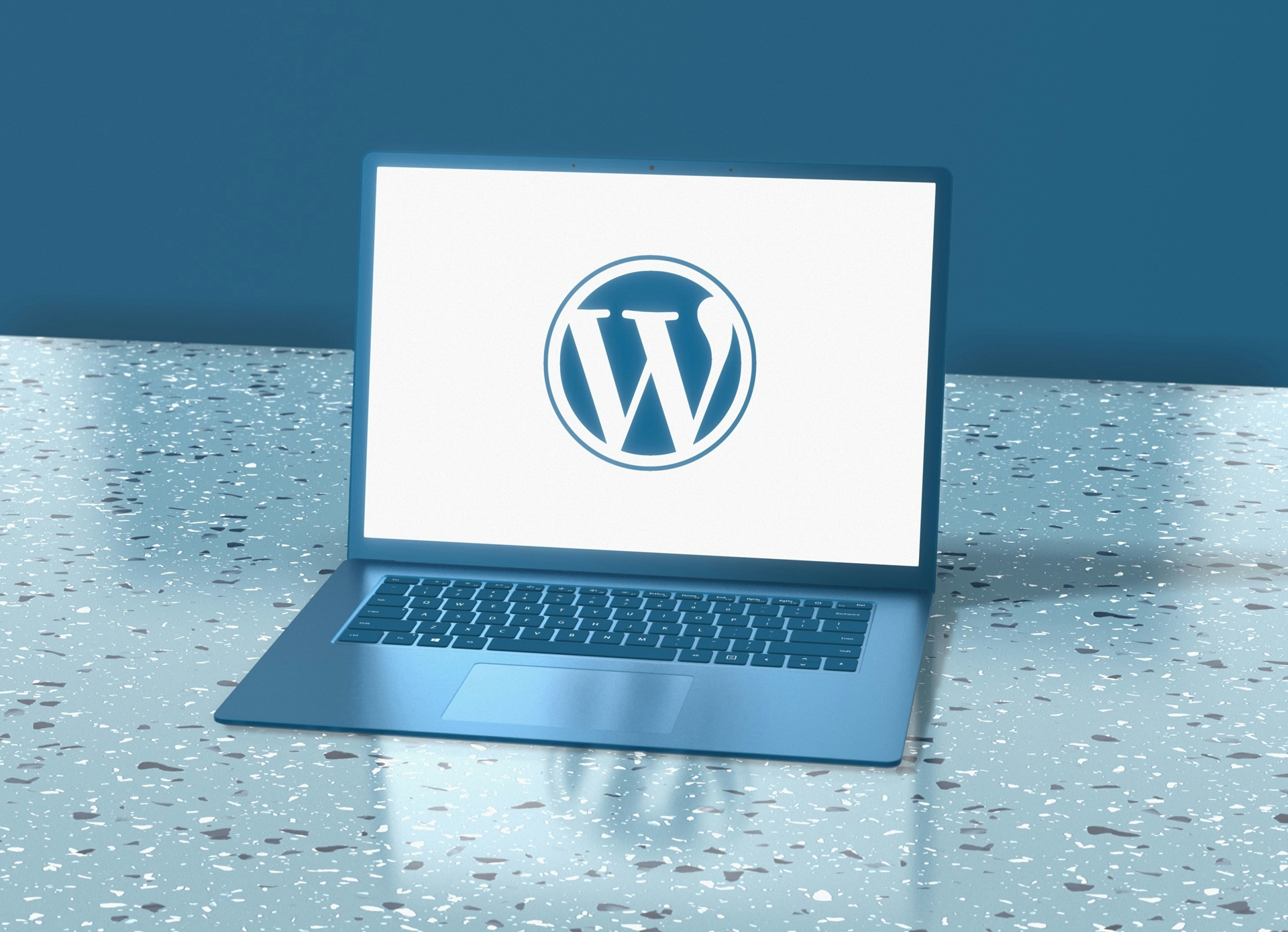In 2025, website security is not just an option — it’s a necessity. Every day, thousands of websites are attacked by bots, malware, and hackers trying to steal sensitive data. Because WordPress powers more than 40% of all websites, it’s a favorite target for cybercriminals. If you own a WordPress Security, protecting it from hackers should be your top priority.
This comprehensive guide will show you the most effective ways to secure your WordPress website, keep your data safe, and ensure your online business runs smoothly — without fear of being hacked.

1. Keep WordPress, Themes, and Plugins Updated
One of the most common ways hackers gain access to a WordPress website is through outdated software. Old versions of WordPress, themes, and plugins often contain security vulnerabilities that attackers exploit.
Best Practice:
- Always update WordPress core as soon as a new version is released.
- Delete unused or outdated plugins and themes.
- Use only trusted sources from the official WordPress repository.
Keeping your site updated ensures that known security holes are patched immediately, reducing your risk drastically.
2. Use Strong and Unique Passwords
Weak passwords are the easiest way for hackers to break in. A strong password can stop brute-force attacks before they even begin.

Tips for Strong Passwords:
- Use at least 12 characters with a mix of upper/lowercase letters, numbers, and symbols.
- Avoid using common names, birthdays, or “admin123”.
- Change passwords every few months.
You can also use tools like LastPass or 1Password to manage and generate secure credentials for your WordPress website.
3. Limit Login Attempts
By default, WordPress allows unlimited login attempts. Hackers can exploit this by using automated bots to guess passwords until they get it right.
Fix: Install a plugin like Limit Login Attempts Reloaded or WP Limit Login Attempts. These tools block users (or bots) after a certain number of failed login tries.
This simple step significantly reduces the risk of brute-force attacks on your WordPress website.

4. Enable Two-Factor Authentication (2FA)
Two-Factor Authentication (2FA) adds an extra layer of protection beyond just your password. It requires a second verification method — like a one-time code sent to your phone or email.
Popular plugins like Wordfence, Google Authenticator, or iThemes Security make adding 2FA easy.
Even if a hacker steals your password, they still can’t log in without your unique authentication code.
5. Use a Secure Hosting Provider
A secure hosting environment is the foundation of every safe WordPress website. Cheap or unreliable hosting companies often skip important security measures, making your website vulnerable.
When choosing a web host, look for these features:
✅ SSL certificate (HTTPS)
✅ Firewall protection
✅ Automatic backups
✅ Malware scanning
✅ 24/7 server monitoring
Top secure hosts in 2025 include SiteGround, WP Engine, and Kinsta — all optimized for WordPress security.

6. Install a Security Plugin
Security plugins are like guards for your WordPress website — monitoring, scanning, and blocking malicious activity automatically.
Best WordPress Security Plugins (2025):
- Wordfence Security – Real-time firewall and malware scanner.
- Sucuri Security – Excellent for website monitoring and cleanup.
- iThemes Security – Offers login protection, 2FA, and database backup.
Set up one trusted plugin and configure automatic scans to catch threats before they spread.
7. Use SSL Certificate (HTTPS)
Having an SSL certificate is now mandatory for every modern WordPress website. It encrypts the data transferred between your server and users, preventing hackers from intercepting sensitive information.
You can get a free SSL certificate via Let’s Encrypt or buy premium ones for extra security.
Also, Google ranks HTTPS websites higher, which means securing your website improves SEO as well as safety.
8. Regularly Backup Your Website
No matter how strong your security is, backups are your final line of defense. If your website ever gets hacked or corrupted, a clean backup can restore it within minutes.

Tips:
- Use plugins like UpdraftPlus or BackupBuddy.
- Store backups on cloud services (Google Drive, Dropbox) or offline.
- Schedule automatic weekly backups.
A reliable backup ensures that even if hackers strike, your WordPress website can recover quickly.
9. Scan for Malware Regularly
Hackers often install malware quietly to steal data or insert spam links. Regular scanning keeps your website clean and trusted.
Plugins like Wordfence, MalCare, or Sucuri automatically detect and remove malicious code.
If you notice a sudden drop in traffic, strange pop-ups, or redirect issues — run a malware scan immediately.
10. Disable File Editing in WordPress Dashboard
WordPress allows admins to edit theme and plugin files directly from the dashboard. While convenient, this can be a huge security risk if hackers access your admin area.
To disable file editing:
- Open
wp-config.phpin your site’s root folder. - Add this line of code:
define('DISALLOW_FILE_EDIT', true);
This prevents unauthorized code changes that could damage your WordPress website.
11. Change Default Login URL
The default login page for every WordPress site is /wp-admin or /wp-login.php, which hackers already know. Changing your login URL adds an extra obstacle.

Use plugins like WPS Hide Login to customize your admin URL to something unique — for example, /myportal-login.
This simple trick reduces the number of brute-force attempts instantly.
12. Remove Unused Plugins and Themes
Inactive themes or plugins may seem harmless, but they often contain outdated code that hackers can exploit. Delete anything you’re not using and regularly audit your installed extensions.
Less clutter means better performance and lower vulnerability. Always rely on reputable developers and check plugin reviews before installation.
13. Implement a Web Application Firewall (WAF)
A Web Application Firewall filters traffic before it reaches your WordPress website. It blocks bots, spam, and malicious IPs in real-time.
Services like Cloudflare, Sucuri Firewall, or Wordfence Premium are great options.
A WAF not only secures your site but can also improve load speed by caching static content.
14. Monitor User Roles and Permissions
If multiple people manage your site, limit their access based on roles. For example, a content writer doesn’t need admin privileges.
Use the Principle of Least Privilege (PoLP) — grant only the access necessary to complete a task. This prevents internal errors and unauthorized changes.
Conclusion
Protecting your WordPress website is an ongoing process, not a one-time setup. Hackers are becoming smarter, but with consistent updates, strong passwords, backups, and the right plugins, you can stay one step ahead.
A secure website builds trust, improves SEO rankings, and protects your brand’s reputation.
Investing time in your website’s security today means peace of mind and business continuity tomorrow. Don’t wait for a hack to happen — take action now and make your WordPress site virtually unbreakable.






